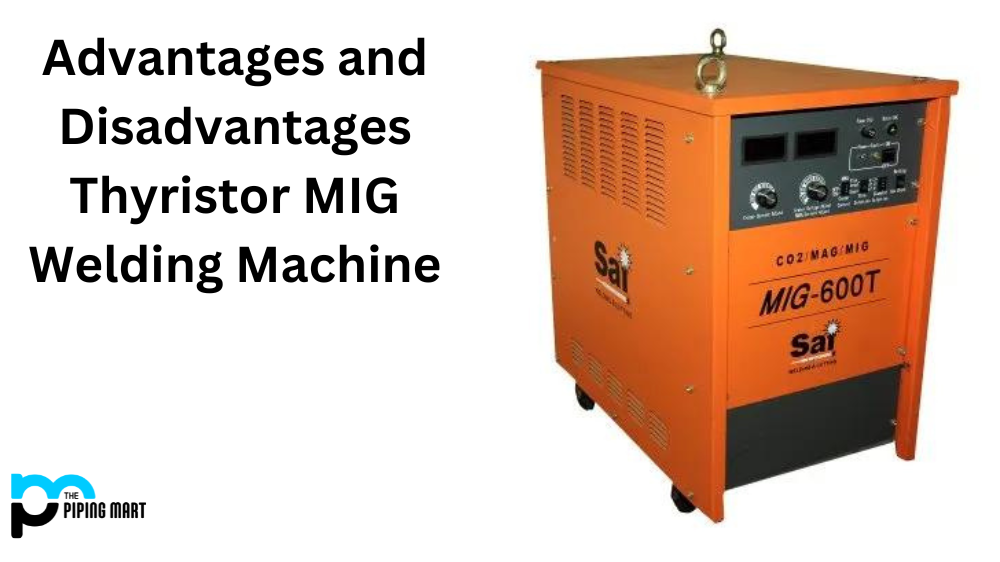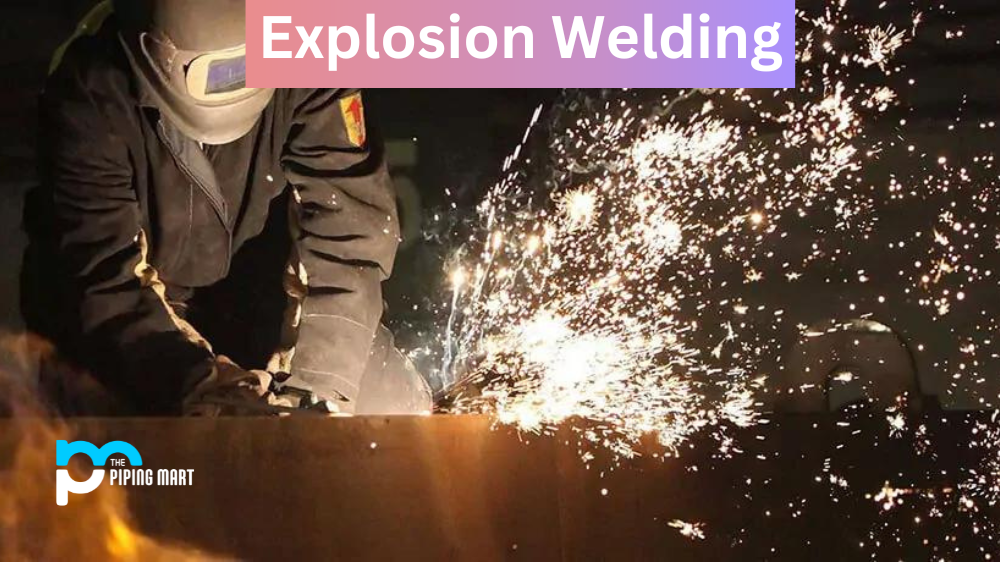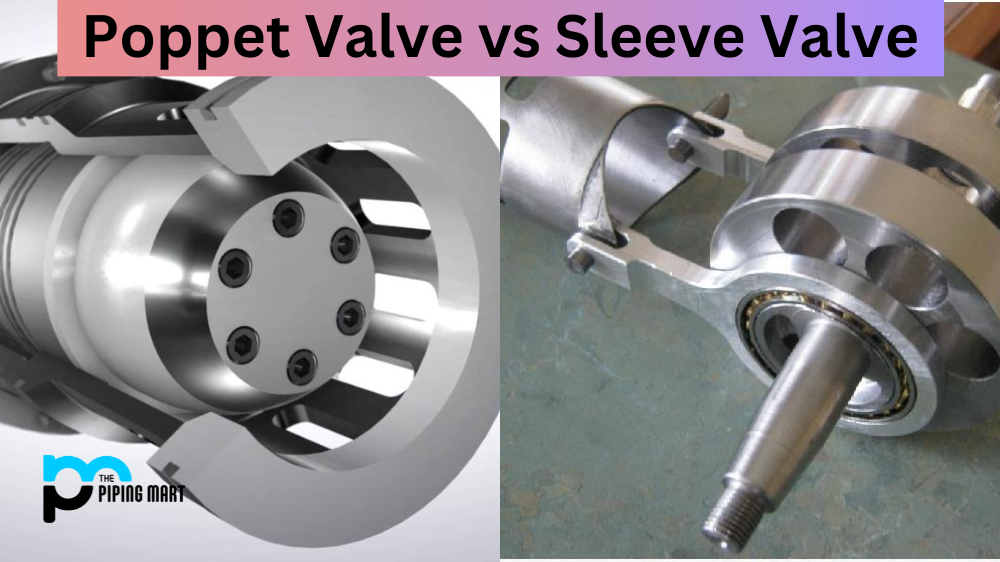MIG welding is an incredibly useful tool for anyone in the manufacturing industry. It’s used for joining two pieces of metal by heating them up and running an electrical current between them. But what are the pros and cons of using a thyristor MIG welding machine? Let’s take a look.
Advantages of Thyristor MIG Welder
A thyristor MIG welder is ideal for quick, efficient welding jobs. This type of machine has several advantages over traditional welders, including higher power outputs, faster response times, better arc control, and more energy-efficient Operation. It also has a longer life span than traditional machines due to its solid state design. In addition, it can be set up quickly and is easy to use since it requires minimal setup time and produces consistent weld results with little effort on the user’s part.
The main advantage of using a thyristor MIG welder is its ability to adjust quickly to changes in load or voltage. This makes it perfect for situations where you need to make quick adjustments or when the welding environment changes frequently. With this machine, you can easily switch between different types of materials or configurations without having to stop the job completely and start again from scratch each time you make an adjustment.
More Efficient
Thyristor MIG welders are more efficient than traditional MIG welders, as they can better regulate the amount of electricity used. This results in less wasted energy and lower operating costs.
More Precise
Thyristor MIG welders are also more precise than traditional MIG welders, as they can be set to a specific welding current. This allows for more consistent results and less waste.
Faster Welding Speeds
Thyristor MIG welders can weld at faster speeds than traditional MIG welders, as they can be set to a higher welding current. This results in less time required to complete a welding project.
Cooler Operating Temperatures
Thyristor MIG welders operate at cooler temperatures than traditional MIG welders, using less electricity. This results in less heat being generated, which can help prolong the welder’s life and improve safety.
Quieter Operation
Thyristor MIG welders also tend to operate at a quieter level than traditional MIG welders, as they use less electricity. This can benefit work environments where noise levels need to be kept low.
Disadvantages of Thyristor MIG Welders
On the downside, thyristor machines are more expensive than traditional welders because they require more advanced technology. Additionally, they tend to be heavier than other models, which can be inconvenient if you’re working in tight spaces or heights where weight becomes an issue. They also require regular maintenance to keep them running optimally, which adds to their cost over time. Lastly, these machines require specialized knowledge for proper Operation, which may only be available in some areas depending on your location.
Limited to AC Current
One of the primary disadvantages of thyristor MIG welders is that they are limited to AC current. This means that they cannot be used with DC current, which is required for some welding applications. Additionally, AC current can be more difficult to control than DC current, making it more difficult to produce high-quality welds.
More Expensive
Thyristor MIG welders are also typically more expensive than other types. This is because they are more complex and require more expensive components. Additionally, thyristor MIG welders often have a shorter lifespan than other types of welders, making them a less cost-effective option in the long run.
Lower Efficiency
Another disadvantage of thyristor MIG welders is that they are typically less efficient than other types. This means that they use more power and produce more waste heat. Additionally, thyristor MIG welders often have a lower duty cycle, meaning they can only be used for a limited amount of time before needing to be cooled down.
More Complex
Thyristor MIG welders are also generally more complex than other types of MIG welders. This complexity can make them more difficult to operate and maintain, increasing the overall cost of ownership. Additionally, the complexity of thyristor MIG welders can make them less reliable than other types of MIG welders.
Conclusion:
While there are some drawbacks associated with using a thyristor MIG welder compared to other types of machines, these downsides should encourage potential users to take advantage of its many benefits, such as increased power output and control and quicker response times and improved energy efficiency. For those looking for fast, efficient welding jobs that require precise control and reliable consistency in results, this type of welder may be just what they need! Ultimately, any decision regarding purchasing a thyristor mig welder should be weighed carefully against your specific needs before making a final decision. This blog post provides a brief overview of the advantages and disadvantages associated with using this type of machine so that potential buyers can make an informed choice when considering their options for welding operations!

Pipingmart is a B2B portal that specializes in metal, industrial and piping items. Additionally, we share the latest information and information about materials, products and various types of grades to assist businesses that are involved in this business.




